Holographic microscopy could enhance detection of red tide in aquatic environments
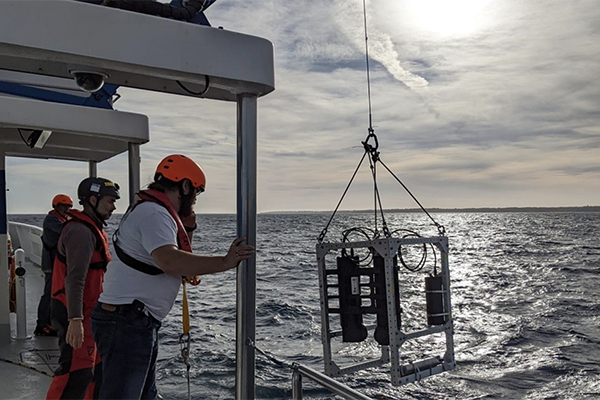
Red tides, caused by Karenia brevis blooms, are a recurring problem in the coastal Gulf of Mexico. The organism produces toxins that can cause fish kills, temporary shellfish harvesting closures, respiratory irritation in humans and death in sea turtles, dolphins, manatees and birds.
But holographic microscopy could potentially offer a red tide warning system, according to researchers at the Florida Atlantic University (FAU) and Harbor Branch Oceanographic Institute.
Called the AUTOHOLO, the research team developed a novel autonomous, submersible, 3D holographic microscope and imaging system designed to be used in situ (in place) to study marine particles and plankton in their natural environment.
“All of Florida’s central and southwest Gulf coast beaches and counties have been affected by outbreaks of red tide resulting in devasting effects on marine life as well as impacting human health,” said Dr. Stella Batalama, dean at the FAU College of Engineering and Computer Science. “Our researchers have designed the AUTOHOLO to be versatile enough to overcome challenges associated with small or fixed sample volumes as well as environments that are visually complex to be used as a warning system for red tide.”
The study, which was published in the journal Harmful Algae, is the first to utilize holography to characterize red tide in the field and breaks new ground for monitoring harmful algal blooms (HABs) and tackling limitations associated with current methods used to monitor these blooms.
Using the AUTOHOLO, the researchers conducted field measurements in the coastal Gulf of Mexico during an active red tide bloom over the 2020-21 winter season. They also collected surface and sub-surface water samples during these field studies. In the lab, researchers analyzed these samples using benchtop holographic imaging and flow cytometry for validation.
A training dataset of red tide cells – created using holographic images – was used to train a customized existing convolutional neural network (CNN) for automated classification. Researchers also utilized a custom-built towing system designed to help the AUTOHOLO in recording data over large spatial ranges during a bloom.
Across diverse datasets with red tide concentrations at varying levels, researchers showed 90 percent accuracy in their results. They also demonstrated the utility of combining the AUTOHOLO with the towing system to enable characterizing particle abundance over large spatial distances, potentially facilitating rapid characterization of red tide distributions over large areas during bloom events.
“The convolutional neural network used on the processed imagery facilitated rapid detection and analyses of Karenia brevis at all concentration ranges. This confirms the ability for near real-time detection if we integrate the data processing onboard the AUTOHOLO, which would be the next step,” said Dr. Aditya R. Nayak, co-author and assistant professor at the FAU. “Since typical red tide cell sizes are well within the instrument resolution range, all bloom phases can be monitored and tracked, including initial bloom development, which is increasingly important to strengthen forecasting and bloom development and modeling.”
Because the AUTOHOLO captures particles over widely varying abundances, even at extremely low concentrations (about 5 particles/mL) and detects cells at low concentrations (less than 5 cells/mL), it has the ability to monitor early bloom phases of red tide, which might not be possible with other methods such as remote sensing.
“Red tide blooms can occupy varying depths in the water column, and surface focused single point sampling or sampling at limited discrete depths may under-sample or miss any population aggregating at a depth,” said Dr. Malcolm McFarland, co-author and a researcher at the FAU. “In the future, the AUTOHOLO could be integrated into existing HAB monitoring networks to enhance the capability of detecting red tide in aquatic environments around the world.”
Follow the Advocate on Twitter @GSA_Advocate
Now that you've reached the end of the article ...
… please consider supporting GSA’s mission to advance responsible seafood practices through education, advocacy and third-party assurances. The Advocate aims to document the evolution of responsible seafood practices and share the expansive knowledge of our vast network of contributors.
By becoming a Global Seafood Alliance member, you’re ensuring that all of the pre-competitive work we do through member benefits, resources and events can continue. Individual membership costs just $50 a year.
Not a GSA member? Join us.
Author
Tagged With
Related Posts
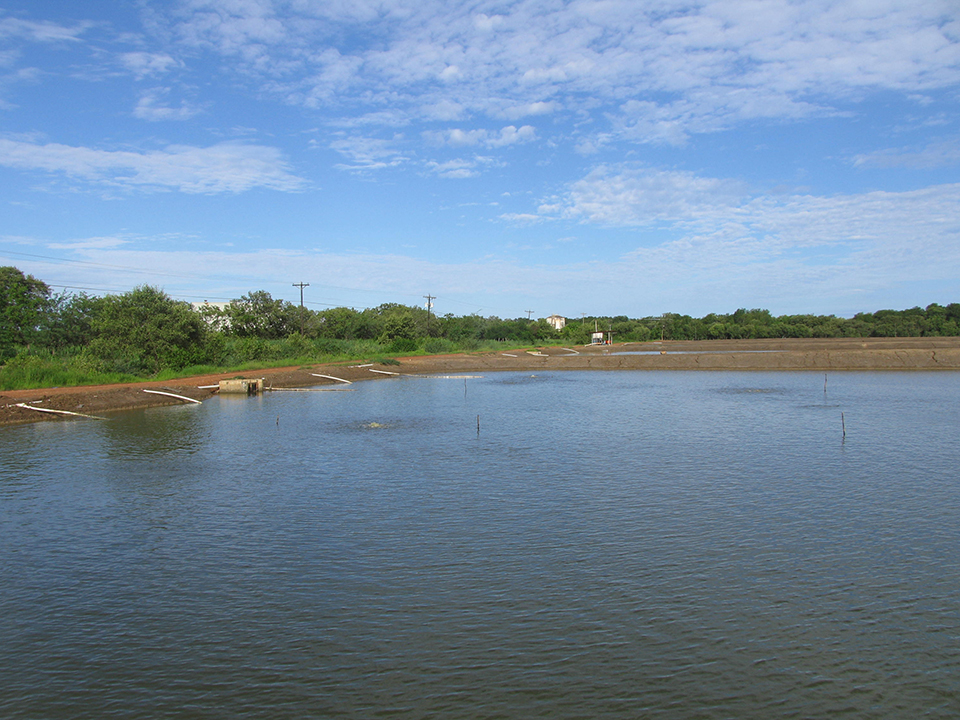
Responsibility
Phytoplankton in aquaculture ponds: Friend or foe?
A vigorous phytoplankton bloom will support a healthy benthic community and will contribute significantly to stabilising and maintaining adequate pond water and bottom quality.
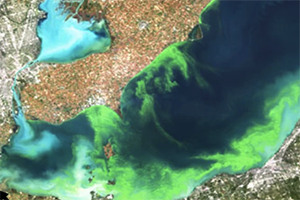
Intelligence
Can machine learning using climatic pattern data help predict harmful algal blooms earlier?
Study shows that a novel machine-learning approach using global climatic patterns can improve seasonal prediction of harmful algal blooms.
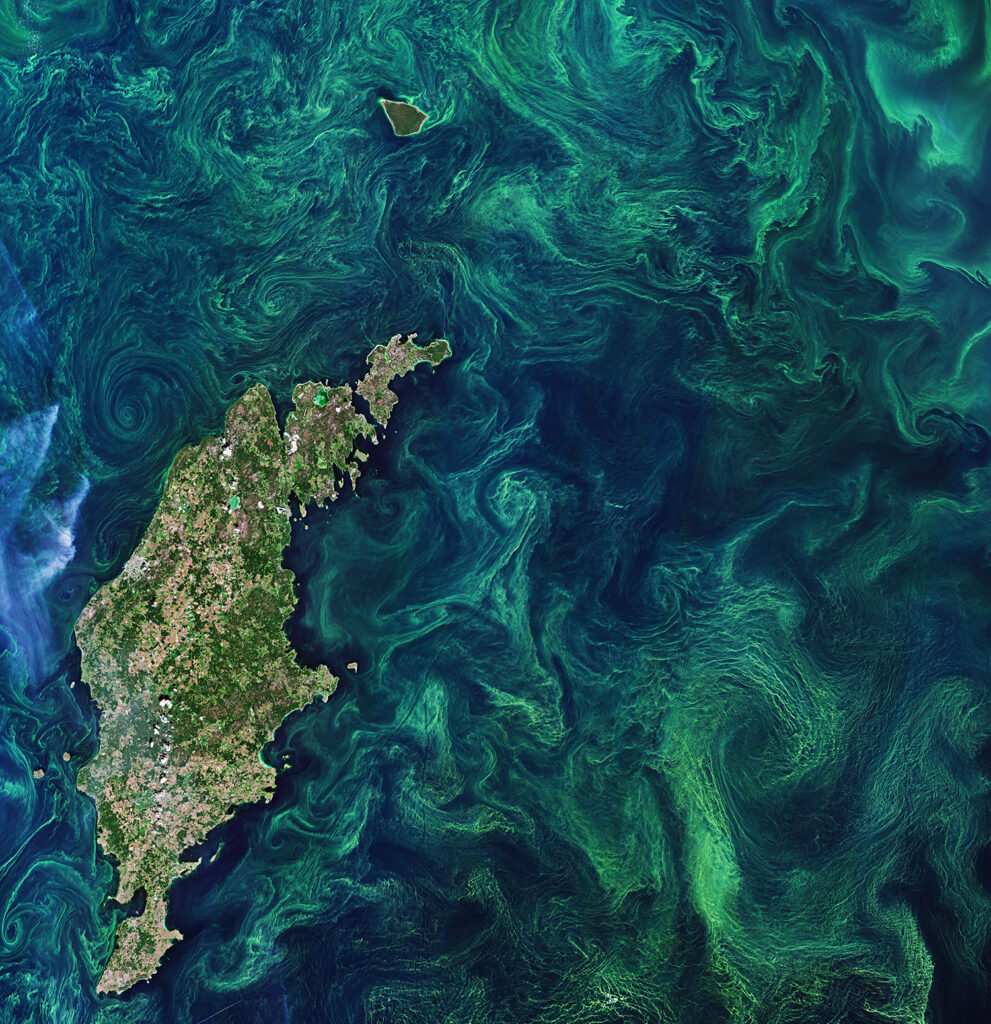
Innovation & Investment
NOAA helps fund the launch of harmful algal bloom control center
NOAA awarded $7.5 million to launch a technology incubator with a mandate to “advance innovative ways to control harmful algal blooms."
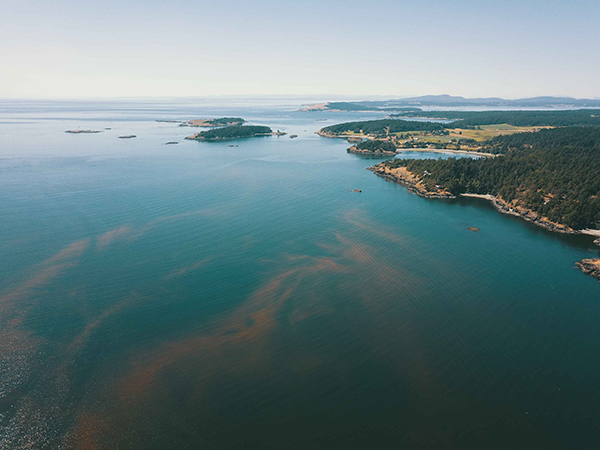
Intelligence
Can technology protect salmon farms from harmful algal blooms?
Salmon farms are vulnerable to the impacts of harmful algal blooms. Scotland's aquaculture industry is embracing technology as a solution.



